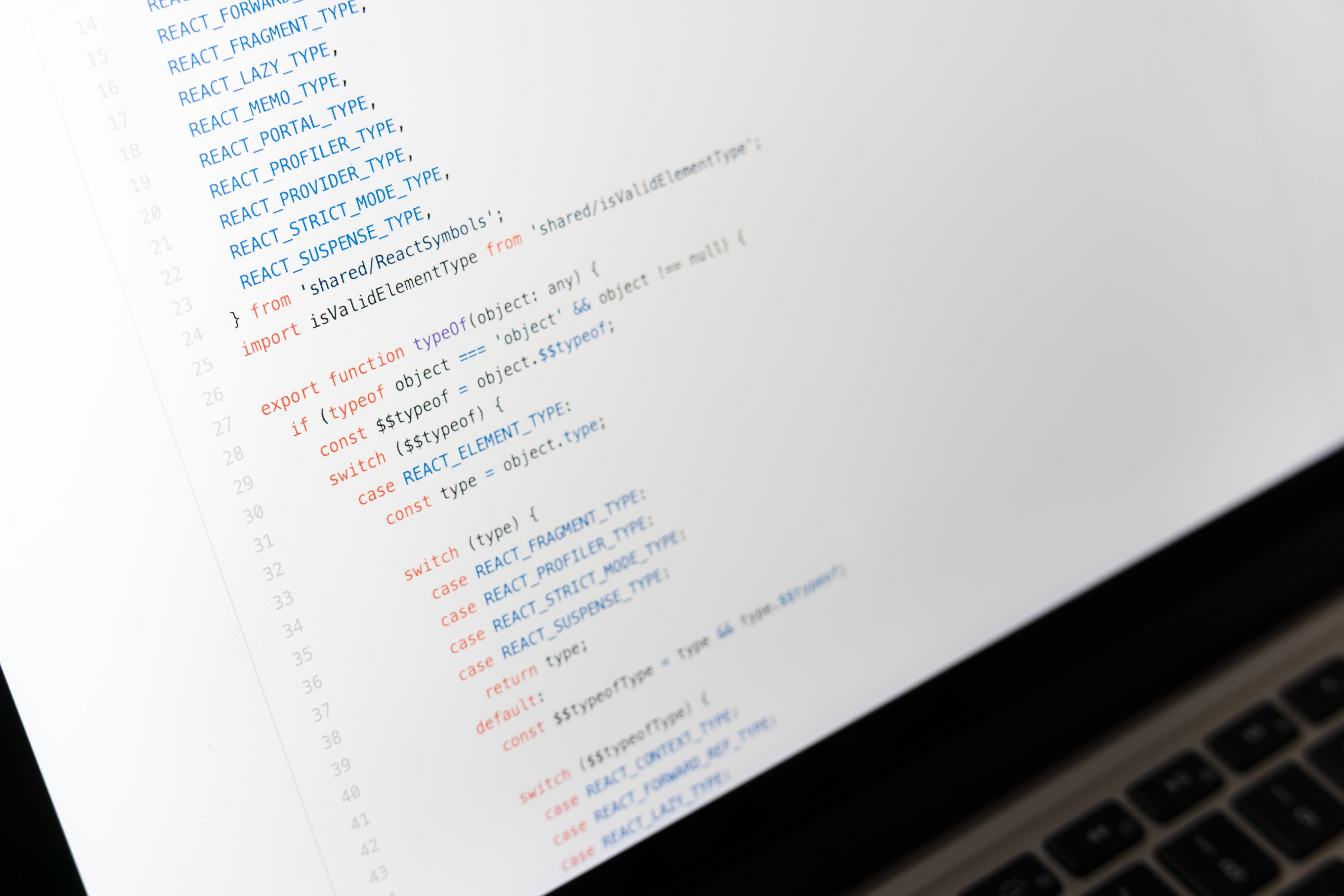
Please note! Course description is confirmed for two academic years, which means that in general, e.g. Learning outcomes, assessment methods and key content stays unchanged. However, via course syllabus, it is possible to specify or change the course execution in each realization of the course, such as how the contact sessions are organized, assessment methods weighted or materials used.
LEARNING OUTCOMES
To understand the principles of least-squares adjustment, and how to apply it to geodetic and photogrammetric problems. To understand how precision and reliability can be handled with least-squares methods. To realize the versatile possibilities of least-squares methods, and the diverse of implementations.
Credits: 5
Schedule: 12.01.2021 - 17.02.2021
Teacher in charge (valid 01.08.2020-31.07.2022): Petri Rönnholm
Teacher in charge (applies in this implementation): Petri Rönnholm
Contact information for the course (applies in this implementation):
CEFR level (applies in this implementation):
Language of instruction and studies (valid 01.08.2020-31.07.2022):
Teaching language: English
Languages of study attainment: Finnish, Swedish, English
CONTENT, ASSESSMENT AND WORKLOAD
Content
Valid 01.08.2020-31.07.2022:
The course gives fundamentals and the mathematical foundation of least-squares methods focusing on solving various geodetic and photogrammetric tasks. The course includes Matlab programming of these tasks.
Assessment Methods and Criteria
Valid 01.08.2020-31.07.2022:
Assignments
Workload
Valid 01.08.2020-31.07.2022:
Lectures (20 h), self-study (20 h), assignments (95 h)
Applies in this implementation:
2021 implementation:
Lectures (24 h), assignments (75 h), self-study (36 h).
DETAILS
Study Material
Valid 01.08.2020-31.07.2022:
Lecture notes and additional literature
Substitutes for Courses
Valid 01.08.2020-31.07.2022:
Maa-57.3120 Analyyttinen fotogrammetria (4 op)
Prerequisites
Valid 01.08.2020-31.07.2022:
Basic statistics and probability
